Wait…what? No, I am not kidding: the best thing you can do for your child is teach them to be angry. You may be thinking Kellie, your business is called Applied Behavioral Happiness…wouldn’t you want to teach kids how to be happy? Yes, but teaching them to be angry is one of the most important parts of that. This is really important, let’s talk about why you should teach your child to be angry.
(psst…this article is linked to a piece on WRAL written with Kinly founder Sara Davinson. Once it is up, I’ll ink it here!)
Who is telling me that I should teach my child to be angry?
My name is Kellie Syfan and I live on a farm in Franklinton NC with my amazing husband, our fruit and nut trees, berry bushes, and a bunch of super cute animals. When I have free time, you can find me working on the farm, reading in a hammock, taking my skates or skateboard out for a spin, or going out dancing (I can’t wait to get back to this one!) Why, you might ask, would someone living such a peaceful life advocate for teaching children to be angry!?
Because as the owner of Applied Behavioral Happiness, that is a lot of what we do.
What do you do exactly?
At Applied Behavioral Happiness, we provide ABA services and partner with parents to overcome challenging behavior through skill building programs and play. ABA stands for “applied behavior analysis” and is (in a nut shell) the study of behavior applied to making people’s lives better.
The greater field is Behavior Analysis which encompasses ABA as well as the experimental analysis of behavior (EAB). It’s kind of like the field of medicine: some doctors work with patients (ABA), others work in laboratories with animals to create models and test concepts (EAB).
Now that you know what ABA is and that we work to overcome challenging behavior (not get rid of difficult feelings), let’s talk about how I got here.
How did you get here?
Just a few years ago, I worked in facilities that only provided high hour, comprehensive services. I didn’t feel like I was doing my best work and had to take a big step back from the field.
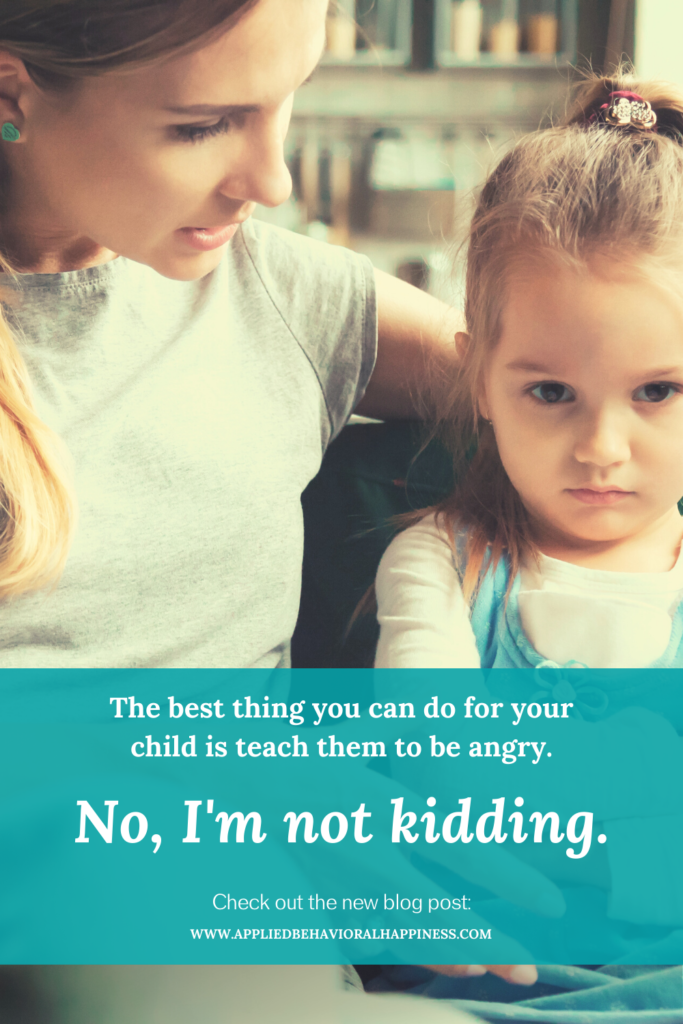
I was completely burnt-out and wasn’t sure if I would ever work with families again.
After spending 6 months out of the field, I was invited to give a presentation on burn-out. To my surprise, the presentation was NOT well received. More than half of the participants told me point blank that they did not need or care about occupational burn-out: they needed help with parental burn-out.
I learned from them that they wanted support but that often there was a stigma attached to seeking that support. They had been turned down from professionals because their child’s behavior was too intense or not intense enough, or that they didn’t have the right diagnosis to receive support. This broke my heart and sent me on a journey to create the place where these parents could access the support they needed without judgement.
I knew what I need to do: I refocused on reaching parents and letting them know that they are worthy of support and that we are here to help. I firmly believe that given the tools and support, all families can be happy, healthy, and reach their goals. Through over 10 years of higher education and experience, I know I have the tools to help.
Clearly you’re qualified to but I still don’t know why on earth should I teach my child to be angry.
We want adaptive reactions to anger. Anger is not the problem, the reaction to it is. I repeat: feeling a feeling is not the problem, reacting to the feeling can be.
In the words of Lyman Abbott: “Don’t teach your child not to be angry. Teach them how to be angry.”
A child who doesn’t know how to be angry will (1) hold it in or refuse to feel it, (2) let it out in maladaptive ways, or (3) both. If we can teach kids to be angry, frustrated, upset, mad, and disgruntled in safe and productive ways, we are preparing them for real life, for being able to handle big feelings, and for having self-control.
What does it look like when a child holds anger in and what can I do?
In behavior analysis, we talk about behavioral topographies or what we can see. Of course, there are a lot of thoughts and feelings that we can’t see as well (we call those covert behaviors or “private events”). Today, we will focus on what you can observe outwardly and what you can see in your child when things are not as they should be. You might see some of the following topographies if your child holds anger in:
- When things get hard, they look away, move away, or otherwise avoid the situation (may be considered “shutting down”)
- They act to please others over their own self interest by giving up items, allowing others to say or do cruel things to them, or refusing to express any need
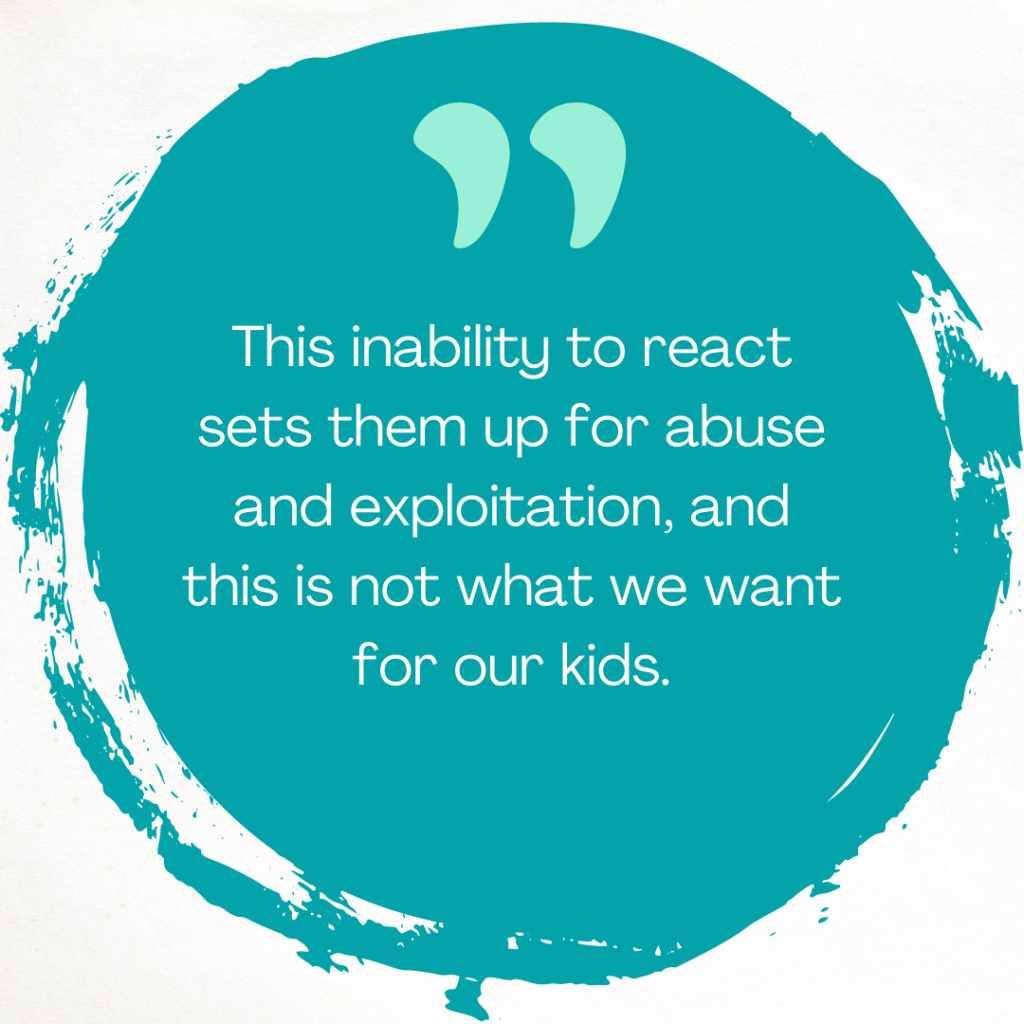
This is a huge problem. What we have here is a child who is so afraid to rock the boat that they will not express themselves, they refuse to feel anything but OK, and they will let others walk all over them. In
the short term, this could make them the teacher’s favorite because they never cause any trouble, but they are likely to be bullied or bossed around by peers, employers, and partners.
As well this inability to react sets them up for abuse and exploitation, and this is not what we want for our kids.
The United States struggles with high rates of bullying as well as human and sex trafficking.
We don’t need to panic but we do need to do everything we can to not set our children up to be victims. Here are a few things that you can start doing right now:
- Model identifying a big, negative feeling in yourself and working through it. Anger is not bad, but what you do with it can be. Modeling how to work through it and normalizing those feelings are okay is a good step to making a change across your family. For example, if someone cuts you off in traffic, you could say “That car cut us off! I felt scared for a moment and now I feel mad that they did that. I’m going to take a few breaths to work through this…do you want to breath with me?” Regulate together! You may also consider using role play cards like these to talk through situations when things are calm.
- Give them other ways to communicate besides vocal communication. Some kids are super shy (as a very shy child growing up, I relate!) and the reason they don’t express negative emotions like anger or frustration because they don’t want to speak. Using visuals can help them express these emotions and express what they need to work through it. All communication is valid communication, it doesn’t have to be vocal all the time. Here are some examples of visuals that could be helpful for when you have recognized a big feeling is upon you and you want to work through it.
What does it look like when a child lets anger out in a maladaptive way and what can I do?
Here is what you may see if your child lets their anger out in a maladaptive way:
- They break things, throw things, or destroy things in fits of rage
- They engage in long, drawn out tantrums
- They physically hurt others or themselves
- They make threats or say hurtful things
This is also a problem. What we have here is a child who is living in on the edge and it’s likely that those around them are too: walking on egg shells and waiting for the next explosion. In the short term, they may get expelled or suspended from programs or schools, nannies and babysitters may quit, peers may avoid them, and you may not be able to go into the community as a family for fear of an outburst. To give you some perspective, there were over 238,000 suspensions in North Carolina in the 2018-2019 school year and many kids are suspended or expelled because of emotional outbursts.
As well this over reaction can lead to losing jobs, failing relationships, becoming a perpetrator of bullying or abuse, or getting in trouble with the law. Here are some things that you can do if your child is expressing their anger in maladaptive ways:
- Practice self-control when things are calm. Much like the modeling tip I gave above, practicing and collecting tools when your child is feeling calm can set them up for success. Think about it this way: the time to learn how to defuse a bomb is not when it’s ticking. Skills are best learned when the mind is engaged and calm so that they can be applied when things ramp up and start to become overwhelming. As well, you can use this time to collect and practice using tools (fidgets, cozy corners, cool down cards, etc.) so that they are ready to roll when you need them.
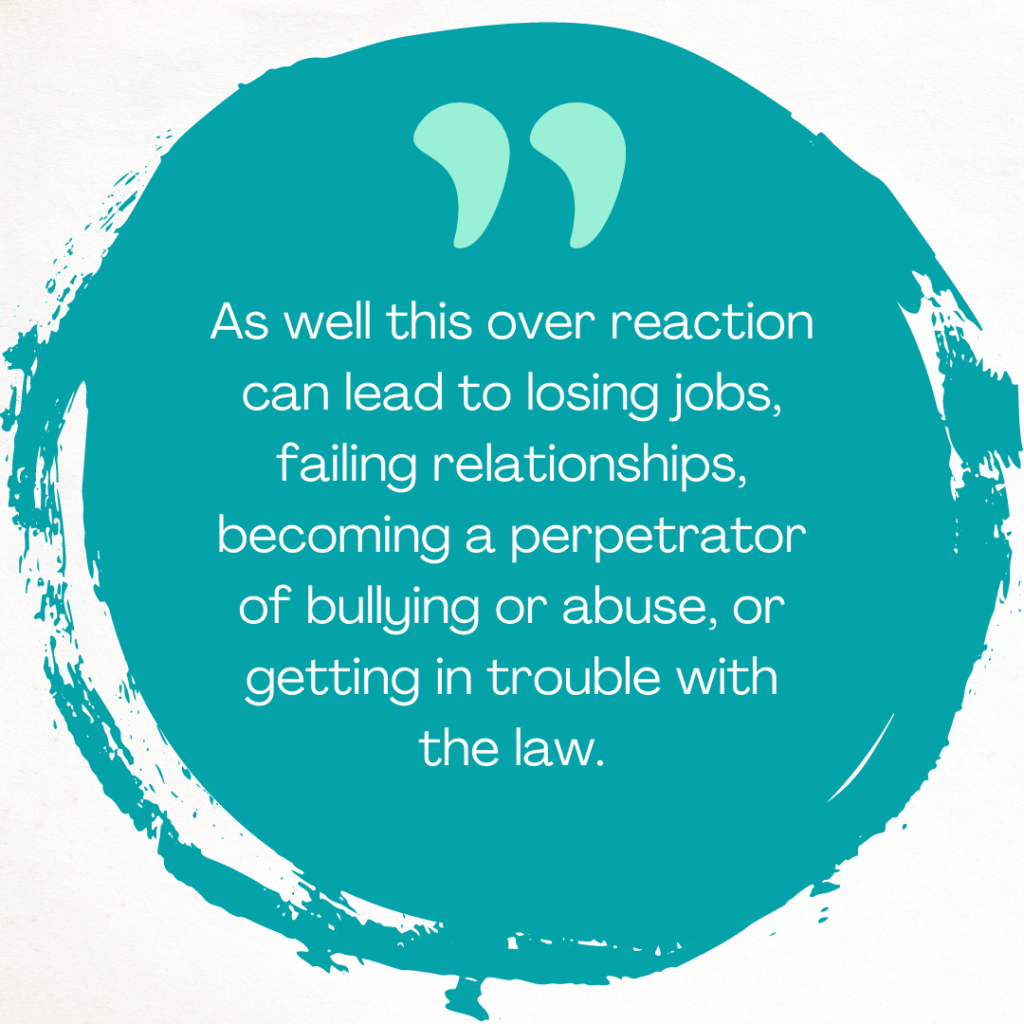
- Create a destruction zone. If your child expresses their anger with their body in aggressive or destructive ways, make sure they have safe places to get that energy out. While they are learning to use other methods, they will need to continue to use this method of expressing themselves so let’s help them do so safely. Pillows for hitting, old magazines and newspapers for cathartic ripping, bubble wrap to stomp on, and chewies to bite down on can go a long way in helping kids channel their anger safely. Remember this: using this zone to expel anger (instead of destroying other things) is a sign of control around their reaction to anger. We loves steps in the right direction that recognize and respect your child’s current skill set and needs!
What does it look like when a child holds anger in AND lets it out maladaptively and what should I do?
Here is what you may see if your child is both holding it in to avoid reacting and letting it out later in a dangerous way:
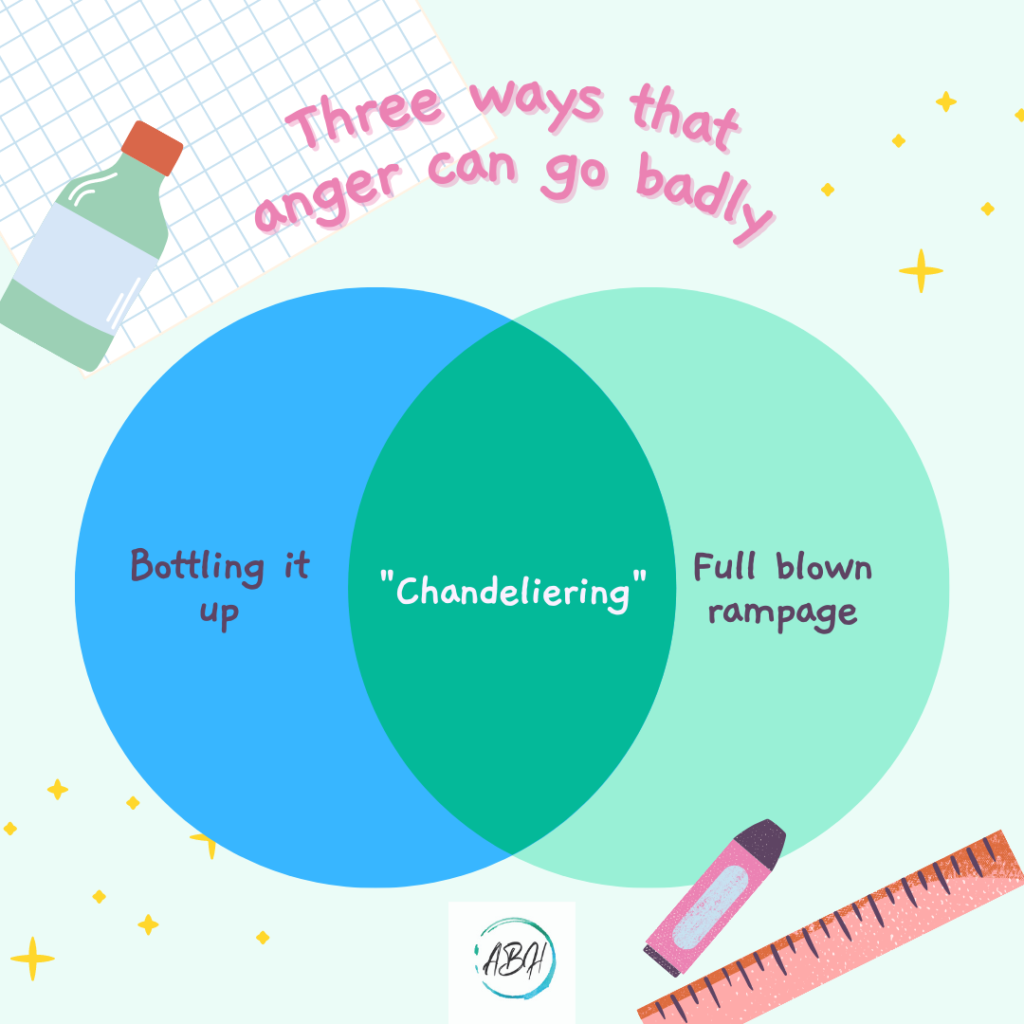
- They are wonderful, calm, and happy kids when out in public but are
set off by everything at home (could be associated with anxiety and “chandlering”) - They engage in negative self-talk when they are wrong or upset
- They perseverate on the situation and can’t work through it
- They begin to engage is self-mutilation or other harmful activities (drug use, cutting, etc.)
This is not a good place to be either. What we have here is a child who is split between using two different methods of dealing with negative emotions and is using neither successfully or adaptively.
All of the concerns above apply here as well as concerns about self-injury or self-mutilation, suicidal ideation, or other potentially very dangerous behaviors. A few ways to help are:
- Consider reaching them through movement or art. I love partnering with skilled coaches and providers that have different skills than me. For example, we work with Ben Rauch Music Studio whose original method of teaching not only incorporates traditional music education but also creativity, building self-awareness, self-esteem, and confidence. Kids who cannot adaptively feel and work through big feelings can often express themselves with music and art in ways they never could in normal conversation. This allows them to begin to react to these emotions more adaptively.
- Say it with me: You are right! This is so powerful. We were going to have spaghetti and now we are having tacos, you are right that is a hard switch for you to make without warning. Your sister broke your Lego tower, you are right to feel mad. You are right to have a feeling and I’m here to help you with it. Recognize it and join them in choosing a way to work through this moment together. Co-regulating for the win!
In conclusion
Teaching your child how to feel, express, work through, and live with big feelings—especially anger!—sets them up for a lifetime of success. You’re teaching them to empathize with themselves. You are setting them up to be able to support themselves and others when things get hard. You are giving them problem solving tools and helping them engage and communicate in the hardest moments. You are making sure that they don’t shut down and accept abuse or mistreatment, or alternatively fly off the handle and lose it every time something small upsets them.
It’s wonderful be able to feel angry AND know what to do with it: anger can fuel major societal change and necessary activism. By teaching your child how to be angry, you are setting them up to be a positive force in this world. Who could ask for more?
What do I do if I need help teaching my child how to be angry?
Check out the resources linked throughout this article and don’t hesitate to reach out: we offer free discovery calls and will do whatever we can to get you the support you need.
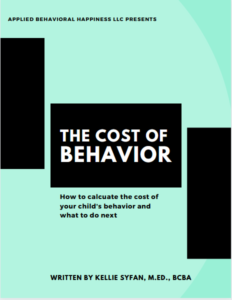
Would you like a free copy of Kellie’s eBook on the cost of challenging behavior? Put in your email and we will send it to you!
